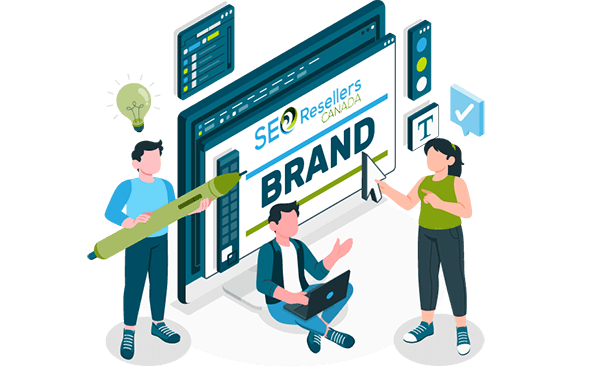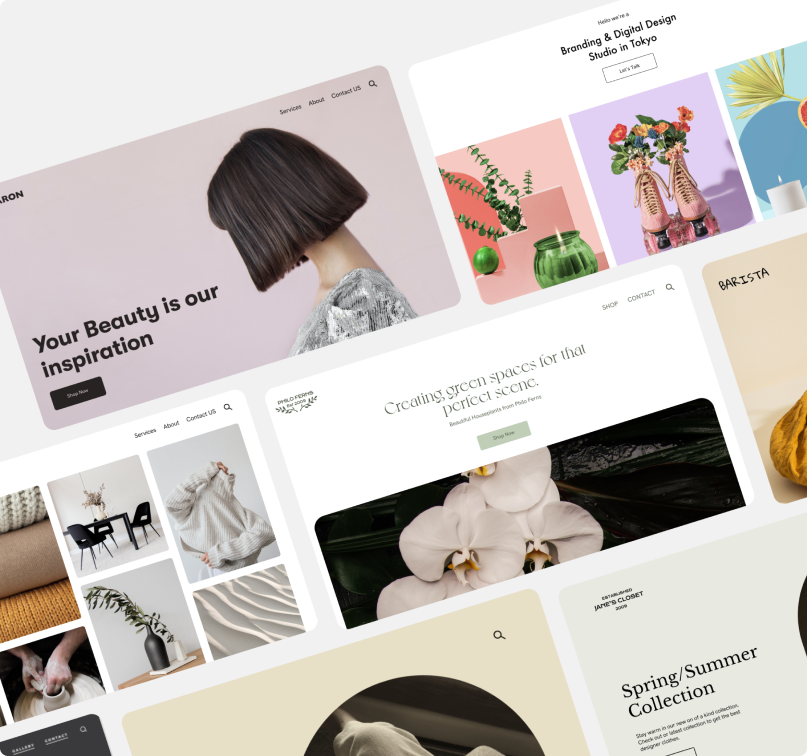Learn Exactly How Website Design Functions to Develop Involving Individual Experiences
Web design plays an essential role fit customer experiences across digital platforms. By understanding vital principles like use and aesthetic pecking order, developers can develop sites that not only draw in visitors however also urge them to involve. Effective designs and well-thought-out color pattern can considerably influence user actions. Nevertheless, there are much deeper factors to consider that surpass aesthetics, which are vital for fostering a comprehensive online atmosphere. What are these elements that can change an easy site right into a compelling experience?
Recognizing the Principles of Web Design
The structure of effective web style relaxes on a set of core concepts that lead the development of engaging user experiences. These principles consist of usability, ease of access, and aesthetic hierarchy, each playing a vital duty in exactly how customers interact with an internet site. Usability assures that individuals can navigate without effort, finding details easily. Ease of access broadens the reach of an internet site, suiting individuals with varied needs and abilities. Aesthetic hierarchy guides customers' focus to crucial elements, facilitating less complicated comprehension of web content. Additionally, uniformity in layout aspects promotes familiarity, improving customer convenience. Color design and typography should enhance the total aesthetic while preserving readability. Furthermore, receptive layout adapts to different devices, assuring a seamless experience throughout platforms. By sticking to these concepts, designers produce web sites that not just mesmerize customers yet likewise direct them toward preferred activities, eventually improving interaction and satisfaction.
The Importance of Format in Customer Experience
Reliable design functions as a foundation for customer experience, affecting how site visitors communicate and view with a web site. A well-structured layout guides customers' interest, making it simpler for them to browse and find relevant info. By arranging material realistically, designers can produce a seamless flow that decreases cognitive lots, enabling users to focus on their tasks.

Furthermore, responsive layouts ensure that websites work well throughout various tools, maintaining usability no matter of display dimension. Eventually, a thoughtful format is essential in producing an engaging individual experience that fosters contentment, urges expedition, and boosts the probability of conversions. Interest to format style is essential for effective internet interactions and total individual involvement.
Shade Schemes and Their Effect On Engagement
How do color pattern influence customer interaction on websites? Color pattern play a vital duty fit individual assumption and behavior. They evoke emotions and can greatly affect just how individuals connect with a website. For example, cozy colors like red and orange can stimulate interest and necessity, while cooler shades like green and blue often convey calmness and count on.
Consistency in color use cultivates brand name recognition, making customers extra likely to involve with familiar visuals. Efficient shade contrast improves readability, making sure users can conveniently browse web content without pressure. Additionally, the psychological associations of shades can direct users toward wanted actions, such as clicking a call-to-action button.
Ultimately, an attentively picked color design can not only attract users however likewise boost their total experience, resulting in higher engagement rates and increased complete satisfaction. Internet developers must thoroughly think about color options to enhance customer communication and cultivate a favorable setting.
Navigation Finest Practices for User-Friendly Websites
What makes navigating instinctive and easy navigate to these guys to use on a web site? Efficient navigation depends on clear framework and logical hierarchy. Individuals ought to conveniently find food selections, usually positioned at the top or side of the web page, enabling fast access to crucial sections. Uniformity in style components-- such as font styles, shades, and switch styles-- facilitates familiarity, boosting user convenience. Detailed tags for navigation links are important; they need to accurately stand for the content users can anticipate when clicked.
Furthermore, including a search Find Out More function can help customers in finding specific details quickly. Dropdown food selections can arrange subcategories without overwhelming visitors, while breadcrumb routes help customers track their location within the website. Mobile optimization is likewise vital, as touch interfaces require bigger buttons and receptive designs. Inevitably, prioritizing simplicity and clearness in navigating allows individuals to engage more successfully with the site, promoting a favorable customer experience.
Making certain Ease Of Access for All Customers
Ensuring accessibility for all users is vital in website design, as approximately 15% of the international populace deals with some kind of handicap. Internet designers should prioritize inclusivity by sticking to developed standards like the Internet Material Availability Standards (WCAG) These look at this website guidelines supply important requirements that enhance use for people with visual, acoustic, electric motor, and cognitive disabilities.
Secret techniques include making use of detailed alt text for pictures, making sure sufficient shade comparison, and giving key-board navigability. Furthermore, executing display viewers compatibility can substantially boost the experience for aesthetically damaged customers.
Examining internet sites with diverse customer groups, including those with disabilities, can reveal possible barriers and educate needed adjustments. Informing design groups regarding access can promote a society of inclusivity, ultimately creating a much more easy to use and engaging internet experience. By focusing on availability, designers not just increase their audience however additionally show social responsibility and dedication to equal accessibility for all.
Regularly Asked Inquiries
What Tools Can I Make Use Of to Layout My Website?
To design a web site, one can make use of devices like Adobe XD, Figma, Lay Out, and WordPress. These platforms offer various attributes for format, prototyping, and material administration, promoting the production of functional and visually attractive sites.
Exactly How Can I Examine My Website's Customer Experience?
To check an internet site's individual experience, one can make use of tools like Google Analytics for behavior tracking, conduct usability screening with actual customers, and collect comments via surveys to determine areas for renovation and improve total involvement.
What Prevail Mistakes in Website Design to Stay Clear Of?
Typical errors in web design include chaotic layouts, poor navigating, absence of mobile optimization, slow-moving loading times, and using way too many fonts or shades. These problems can prevent user experience and minimize general website performance.
How Frequently Should I Update My Website's Style?
An internet site's design need to be upgraded each to three years, or a lot more frequently if substantial trends emerge or customer feedback indicates discontentment. Regular updates boost visual appeals and capability, making sure a interesting and fresh user experience.
Can I Find Out Internet Design Without Coding Knowledge?
Yes, one can find out website design without coding understanding. Numerous devices and platforms enable users to develop visually appealing internet sites through drag-and-drop user interfaces, allowing creativity without the intricacies of programs languages.
